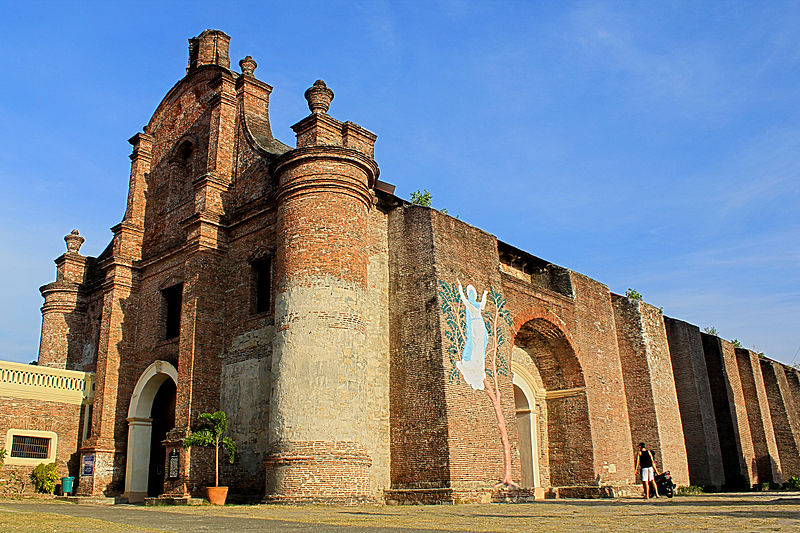Earthquake Baroque

어스퀘이크 바로크는, 17세기와 18세기에 파괴적인 지진을 겪은 필리핀에서 발견되는 바로크 건축 양식으로, 스페인 식민지 시대에 교회 같은 대형 공공 건물이 바로크 양식으로 재건된 것을 말한다.
Earthquake Baroque is a style of Baroque architecture found in the Philippines, which suffered destructive earthquakes during the 17th century and 18th century, where large public buildings, such as churches, were rebuilt in a Baroque style during the Spanish Colonial period in the country.
비슷한 사건이 1755년 리스본 지진 이후의 폼발린 양식 건축과 1693년 지진 이후 시칠리아의 시칠리안 바로크 양식으로 이어졌다.
Similar events led to the Pombaline architecture in Lisbon following the 1755 Lisbon earthquake and Sicilian Baroque in Sicily following the 1693 earthquake.


특징
Characteristics
필리핀에서는, 초기 교회들이 잦은 지진으로 인해 파괴되면서 교회의 비례가 더 낮고 더 넓게 만들어졌으며; 흔들리는 동안의 안정성을 위해 측벽은 두껍고 무겁게 만들어졌다. 상부 구조는 더 가벼운 재료로 만들어졌다. 그렇지만 더 가벼운 재료 대신에 최상층까지 두께를 점진적으로 감소시키는 더 얇은 벽이 도입되는 경우가 더 많았다.
In the Philippines, destruction of earlier churches from frequent earthquakes have made the church proportion lower and wider; side walls were made thicker and heavily buttressed for stability during shaking. The upper structures were made with lighter materials. However more often instead of lighter materials thinner walls were introduced by progressively decreasing in thickness to the topmost levels.
종탑은 일반적으로 지진 활동이 덜한 세계의 타워에 비해 더 낮고 더 견고하다. 탑은 저층에서 더 두껍고 최상층으로 갈수록 점차 좁아진다. 필리핀의 일부 교회에서는 해적에 대비한 망루 기능 외에도 일부 종탑은 지진으로 인해 무너지는 경우의 피해를 방지하기 위해 교회 본관 건물에서 분리되어 있다.
Bell towers are usually lower and stouter compared to towers in less seismically active regions of the world. Towers are thicker in the lower levels, progressively narrowing to the topmost level. In some churches of the Philippines, aside from functioning as watchtowers against pirates, some bell towers are detached from the main church building to avoid damage in case of a falling bell tower due to an earthquake.
갤러리
Gallery









- 출처 : 「Earthquake Baroque」, Wikipedia(en), 2021.12.16.